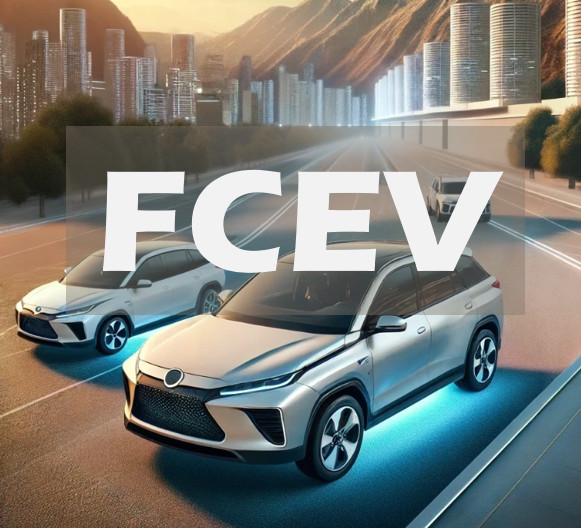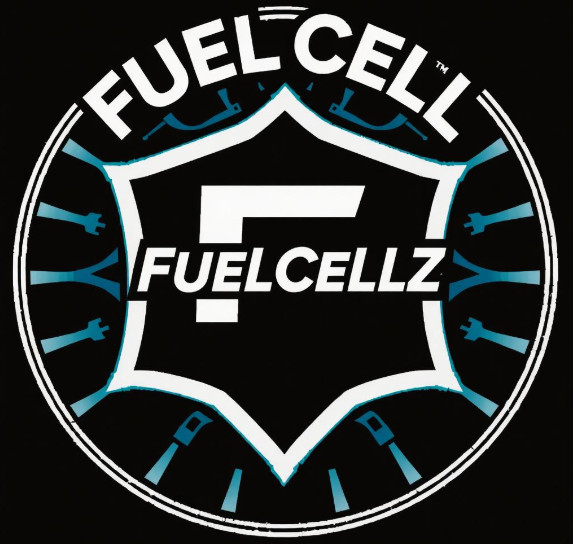Fuel cell vehicle progress is reshaping the future of clean transportation, offering zero-emission alternatives with extended range and quick refueling capabilities. Major car manufacturers have unveiled significant developments as recently as December 2024. This article delves into their advancements, new models, successes, and challenges, providing insights for enthusiasts and industry stakeholders.

Overview of Fuel Cell Vehicle Progress
- Toyota: Updates to the Mirai.
- Hyundai: NEXO advancements and new commercial models.
- BMW: Launch of the iX5 Hydrogen SUV.
- Emerging Players: Innovations from Nikola, Great Wall Motors, and Geely.
Recent Developments in Fuel Cell Vehicles
Toyota: Leading with the Mirai
Toyota continues to drive innovation with its flagship Mirai. In December 2024, Toyota announced a new model featuring an extended range of over 400 miles and enhanced efficiency. As one of the most reliable hydrogen vehicles on the market, the Mirai sets industry standards. Learn more about the Toyota Mirai.
Hyundai: Pioneering Hydrogen Mobility
Hyundai’s NEXO remains a leading hydrogen SUV. The current model offers a range of up to 380 miles, making it a top choice for eco-conscious drivers. Hyundai also unveiled plans for hydrogen-powered commercial trucks targeting logistics and fleet use. Discover Hyundai’s NEXO.
BMW: Blending Luxury and Sustainability
BMW debuted the iX5 Hydrogen SUV, emphasizing premium design and eco-conscious performance. Limited production of the concept vehicle began in late 2024, which targets high-end consumers. Learn about BMW’s iX5 Hydrogen.
Hydrogen Fuel Cell Emergency Applications
Hydrogen fuel cells are finding critical applications beyond transportation, such as powering emergency relief vehicles. For instance, the U.S. Department of Homeland Security has developed hydrogen fuel cell-powered emergency relief trucks to support disaster response efforts. These trucks provide reliable, clean energy for communication systems, medical equipment, and other critical infrastructure during emergencies. In addition, hydrogen technology is breaking records; a hydrogen-powered heavy-duty truck recently established a new threshold by traveling 1,800 miles on a single fill, showcasing its potential for efficiency and range. Learn more about hydrogen-powered emergency relief trucks. Read about the 1,800-mile journey.
Successes of Fuel Cell Vehicles
FCEVs produce only water vapor, significantly reducing greenhouse gas emissions and improving air quality, making them essential for sustainable transportation. Hydrogen vehicles also surpass many electric cars in convenience by offering refueling times of under five minutes and ranges exceeding 400 miles. Additionally, governments worldwide, including the U.S., Germany, and Japan, are investing billions into hydrogen infrastructure, enhancing accessibility for FCEV users. Learn about the DOE’s hydrogen initiatives.
Challenges
The limited number of hydrogen refueling stations remains a significant challenge. However, initiatives like the U.S. Regional Hydrogen Hubs are actively addressing this issue to enhance infrastructure. Additionally, high production costs for hydrogen and fuel cell systems impact affordability, making breakthroughs in electrolyzer efficiency essential to driving down costs. Public awareness of hydrogen vehicles and their benefits is also relatively low compared to electric vehicles, underscoring the need for robust educational campaigns to support broader adoption. Explore hydrogen hub initiatives.
Fuel Cell Vehicle Progress: Stay Updated
- Toyota Mirai Details: Visit Toyota Mirai.
- Hyundai NEXO Features: Learn more about Hyundai NEXO.
- BMW iX5 Hydrogen Innovations: Discover BMW iX5 Hydrogen.
- DOE Hydrogen Program: Track U.S. hydrogen efforts.
Fuel cell vehicle progress showcases the automotive industry’s dedication to sustainable innovation. As infrastructure improves and technologies advance, FCEVs are poised to play a pivotal role in decarbonizing transportation.
